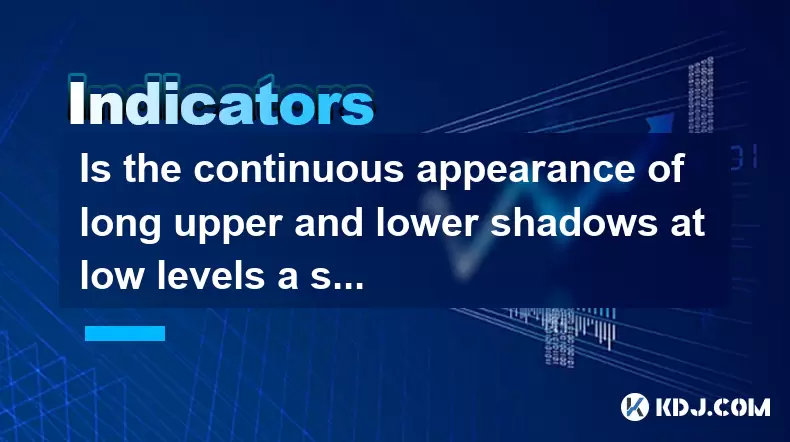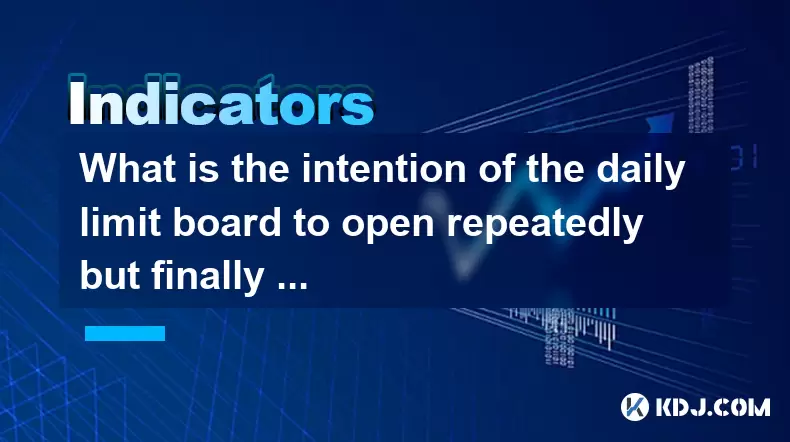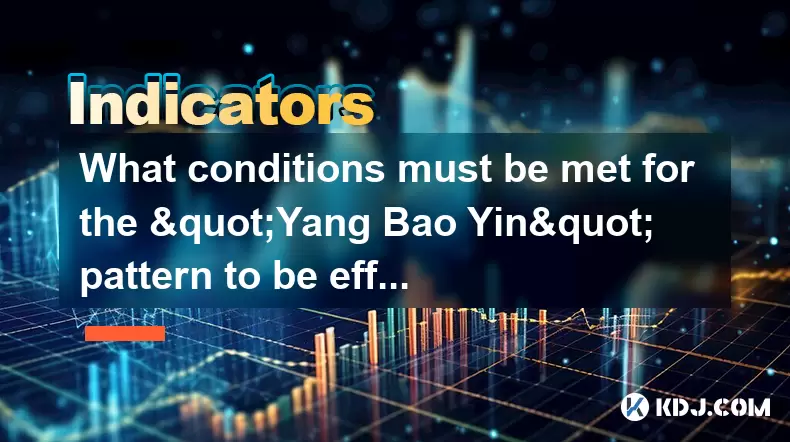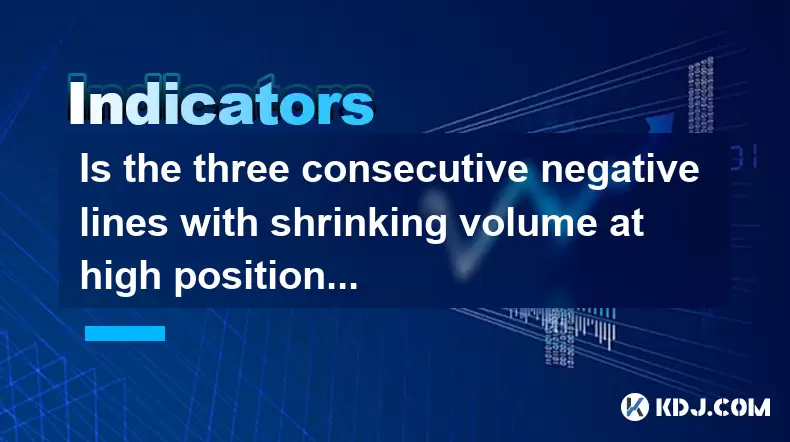-
 Bitcoin
Bitcoin $104,975.5432
-0.20% -
 Ethereum
Ethereum $2,515.3929
-0.61% -
 Tether USDt
Tether USDt $1.0004
0.00% -
 XRP
XRP $2.1330
-0.02% -
 BNB
BNB $641.9793
-1.43% -
 Solana
Solana $144.3011
-0.71% -
 USDC
USDC $0.9999
0.02% -
 Dogecoin
Dogecoin $0.1771
0.15% -
 TRON
TRON $0.2709
0.61% -
 Cardano
Cardano $0.6227
-1.55% -
 Hyperliquid
Hyperliquid $39.6768
-2.27% -
 Sui
Sui $2.8783
-4.78% -
 Chainlink
Chainlink $13.0341
-1.12% -
 Bitcoin Cash
Bitcoin Cash $425.3340
-1.89% -
 UNUS SED LEO
UNUS SED LEO $9.0516
0.19% -
 Avalanche
Avalanche $18.9587
-0.87% -
 Stellar
Stellar $0.2557
-0.93% -
 Toncoin
Toncoin $2.9385
-1.37% -
 Shiba Inu
Shiba Inu $0.0...01202
1.12% -
 Hedera
Hedera $0.1537
-1.25% -
 Litecoin
Litecoin $85.0043
0.53% -
 Polkadot
Polkadot $3.7602
-0.25% -
 Ethena USDe
Ethena USDe $1.0004
0.02% -
 Monero
Monero $309.8228
-0.01% -
 Dai
Dai $0.9999
0.01% -
 Bitget Token
Bitget Token $4.5177
0.19% -
 Pepe
Pepe $0.0...01093
1.14% -
 Uniswap
Uniswap $7.2415
-3.44% -
 Pi
Pi $0.6077
7.67% -
 Aave
Aave $271.5122
-3.75%
What is the signal of a sudden increase in trading volume but stagnation in price? How to distinguish between the main force's shipment and accumulation?
A sudden surge in trading volume with stagnant price often signals market indecision, potentially indicating accumulation or distribution by large players.
Jun 13, 2025 at 06:14 pm

Understanding the Signal of High Trading Volume with Stagnant Price
When there is a sudden increase in trading volume but no significant change in price, it often raises questions among traders and investors. This phenomenon typically signals market indecision or a potential shift in trend. The increased volume suggests that more market participants are actively trading, yet the lack of directional movement indicates that buying and selling pressure are balanced.
This can occur during periods of accumulation or distribution by large players (often referred to as "main forces"), or during consolidation phases where the market is deciding its next move. It’s crucial to analyze this signal within the broader context of price action, support/resistance levels, and other technical indicators.
Distinguishing Between Main Force Shipment and Accumulation
One of the most debated topics in crypto markets is how to differentiate between shipment (distribution) and accumulation by institutional or whale investors. These actions are not always obvious but can be inferred through careful analysis of volume patterns, order book data, and candlestick formations.
- Shipment (Distribution): This occurs when large holders sell off their positions gradually to avoid causing a sharp drop in price. Signs include increasing volume without upward price movement, especially near resistance or overbought conditions.
- Accumulation: This refers to large players buying assets quietly. Indicators include volume spikes during sideways price movement, especially near support or oversold zones, and a gradual tightening of the price range.
It's essential to study the context of each volume spike, including the surrounding price behavior and key technical levels.
Key Technical Patterns to Watch For
Several technical patterns can help identify whether high volume with stagnant price is due to accumulation or distribution:
- Bullish Flag Formation with High Volume: If the flag pattern forms after a strong rally and maintains high volume during consolidation, it could indicate accumulation rather than profit-taking.
- Bearish Pennant with Rising Volume: A pennant forming after a downtrend with rising volume may suggest distribution continuing.
- Volume Divergence: If volume increases while the price remains flat or slightly declining, it might signal distribution. Conversely, if volume rises during slight price support tests, it could mean accumulation.
- Order Book Imbalances: Watching for large buy walls or sell walls on exchanges can offer clues about the intentions of big players.
Each of these patterns should be evaluated alongside volume metrics to form a clearer picture of what's happening behind the scenes.
Using On-Chain Metrics to Confirm Market Behavior
In addition to traditional technical analysis, on-chain metrics can provide deeper insight into whether the sudden volume surge is due to accumulation or distribution:
- Exchange Inflow/Outflow: A sudden increase in exchange inflows with stagnant price may indicate whales preparing to sell, whereas outflows may suggest long-term holding or cold storage movement.
- Whale Transactions: Monitoring whale wallets via blockchain explorers can reveal large transfers, which may precede price moves.
- Net Unrealized Profit/Loss (NUPL): When NUPL is positive and rising but price isn’t moving, it may indicate holders are still confident despite selling pressure.
- SOPR (Spent Output Profit Ratio): If SOPR hovers around 1.0 during high volume, it suggests that coins being moved are breaking even, possibly signaling accumulation by larger entities.
These tools allow traders to go beyond chart patterns and understand the real supply dynamics at play.
Practical Steps to Analyze and React to This Scenario
If you observe a sudden increase in volume with no corresponding price movement, here are actionable steps to assess and respond appropriately:
- Review recent candlesticks: Look for long wicks, tight ranges, or engulfing patterns that might indicate rejection of certain price levels.
- Check multiple timeframes: Sometimes what appears as stagnation on the daily chart shows clear accumulation or distribution on the 4-hour or 1-hour charts.
- Use volume profile tools: Identify value areas where most trading activity has occurred. If current price is testing those levels with high volume but no breakout, it may indicate smart money positioning.
- Observe order book depth: Large buy or sell orders resting at specific prices can give hints about institutional activity.
- Cross-reference with news events: Sometimes high volume is due to external factors like regulatory updates or project announcements rather than accumulation/distribution.
By combining these methods, traders can better distinguish between noise and meaningful market structure changes.
Frequently Asked Questions
Q: Can high volume with stagnant price be a sign of manipulation?
Yes, in many cases, especially in less liquid altcoins, high volume with no price movement can be a result of wash trading or spoofing, where artificial volume is created to mislead retail traders.
Q: Should I enter a trade when volume spikes but price doesn't move?
Entering based solely on volume is risky. It's advisable to wait for confirmation through a breakout or breakdown, supported by additional indicators such as moving averages or RSI.
Q: How can I use Bollinger Bands to interpret this scenario?
When price is range-bound and volume surges, Bollinger Bands may contract. A subsequent band expansion following the volume surge can signal the direction of the next move, helping confirm whether it's accumulation or shipment.
Q: Is this pattern more common in bull or bear markets?
This pattern is observed in both market conditions. In bull markets, it often precedes breakouts; in bear markets, it may signal capitulation or continuation of the downtrend.
Disclaimer:info@kdj.com
The information provided is not trading advice. kdj.com does not assume any responsibility for any investments made based on the information provided in this article. Cryptocurrencies are highly volatile and it is highly recommended that you invest with caution after thorough research!
If you believe that the content used on this website infringes your copyright, please contact us immediately (info@kdj.com) and we will delete it promptly.
- Trump Media & Technology Group (TMTG) Launches Bitcoin and Decentralized Finance (DeFi) Market-Targeting Digital Wallet
- 2025-06-15 02:55:12
- Avalanche (AVAX) will host a live stream on May 2nd at 16:00 UTC.
- 2025-06-15 02:55:12
- Bitcoin (BTC) Enters May 2025 With Renewed Momentum, Gaining Over 14% in the Past 30 Days
- 2025-06-15 02:50:12
- aUSDC is now spendable on MetaMask Card
- 2025-06-15 02:50:12
- SHIB Burn Rate Registers a Five-Digit Spike as Millions of Tokens Get Wiped Out of Circulation
- 2025-06-15 02:45:14
- Band Protocol (BAND) Has Started Band Oracle v.3.0 Testnet Phase 2
- 2025-06-15 02:45:14
Related knowledge

Is the continuous appearance of long upper and lower shadows at low levels a signal of accumulation?
Jun 15,2025 at 01:43am
Understanding Long Upper and Lower Shadows in Candlestick ChartsIn the world of cryptocurrency trading, candlestick patterns are widely used to analyze price movements. A long upper shadow, also known as a wick or tail, indicates that the price rose significantly during the period but was pushed back down by selling pressure. Conversely, a long lower sh...

What is the intention of the daily limit board to open repeatedly but finally close?
Jun 15,2025 at 01:08am
Understanding the Daily Limit Board in Cryptocurrency TradingIn cryptocurrency trading, a daily limit board refers to a price movement restriction mechanism applied by certain exchanges or regulatory bodies. This mechanism is primarily used to prevent extreme volatility and panic selling or buying during periods of intense market fluctuation. When an as...

How to calculate the probability of trend continuation after the MACD column divergence?
Jun 14,2025 at 08:01am
Understanding MACD Column DivergenceThe Moving Average Convergence Divergence (MACD) is a widely used technical indicator in cryptocurrency trading. The MACD column, also known as the histogram, represents the difference between the MACD line and the signal line. When price makes a new high or low but the MACD histogram does not confirm this movement, a...

What are the volume requirements for adjusting the K line in the "rising three methods" pattern?
Jun 14,2025 at 07:50am
Understanding the 'Rising Three Methods' Pattern in Cryptocurrency TradingThe 'rising three methods' pattern is a bullish continuation candlestick formation that traders often use to identify potential upward momentum in cryptocurrency price charts. This pattern typically appears during an uptrend and suggests that the trend is likely to continue after ...

What conditions must be met for the "Yang Bao Yin" pattern to be effective?
Jun 14,2025 at 06:42am
Understanding the 'Yang Bao Yin' Pattern in Cryptocurrency TradingThe Yang Bao Yin pattern is a candlestick formation commonly observed in technical analysis within the cryptocurrency market. This pattern typically signals a potential bullish reversal after a downtrend. However, for this pattern to be effective and reliable, certain conditions must be m...

Is the three consecutive negative lines with shrinking volume at high positions a signal that the main force has finished shipping?
Jun 14,2025 at 09:56am
Understanding the Concept of Three Consecutive Negative LinesIn cryptocurrency trading, three consecutive negative lines refer to a situation where an asset's price chart shows three successive candlesticks with closing prices lower than their opening prices. This pattern typically indicates bearish sentiment in the market. When this occurs at high posi...

Is the continuous appearance of long upper and lower shadows at low levels a signal of accumulation?
Jun 15,2025 at 01:43am
Understanding Long Upper and Lower Shadows in Candlestick ChartsIn the world of cryptocurrency trading, candlestick patterns are widely used to analyze price movements. A long upper shadow, also known as a wick or tail, indicates that the price rose significantly during the period but was pushed back down by selling pressure. Conversely, a long lower sh...

What is the intention of the daily limit board to open repeatedly but finally close?
Jun 15,2025 at 01:08am
Understanding the Daily Limit Board in Cryptocurrency TradingIn cryptocurrency trading, a daily limit board refers to a price movement restriction mechanism applied by certain exchanges or regulatory bodies. This mechanism is primarily used to prevent extreme volatility and panic selling or buying during periods of intense market fluctuation. When an as...

How to calculate the probability of trend continuation after the MACD column divergence?
Jun 14,2025 at 08:01am
Understanding MACD Column DivergenceThe Moving Average Convergence Divergence (MACD) is a widely used technical indicator in cryptocurrency trading. The MACD column, also known as the histogram, represents the difference between the MACD line and the signal line. When price makes a new high or low but the MACD histogram does not confirm this movement, a...

What are the volume requirements for adjusting the K line in the "rising three methods" pattern?
Jun 14,2025 at 07:50am
Understanding the 'Rising Three Methods' Pattern in Cryptocurrency TradingThe 'rising three methods' pattern is a bullish continuation candlestick formation that traders often use to identify potential upward momentum in cryptocurrency price charts. This pattern typically appears during an uptrend and suggests that the trend is likely to continue after ...

What conditions must be met for the "Yang Bao Yin" pattern to be effective?
Jun 14,2025 at 06:42am
Understanding the 'Yang Bao Yin' Pattern in Cryptocurrency TradingThe Yang Bao Yin pattern is a candlestick formation commonly observed in technical analysis within the cryptocurrency market. This pattern typically signals a potential bullish reversal after a downtrend. However, for this pattern to be effective and reliable, certain conditions must be m...

Is the three consecutive negative lines with shrinking volume at high positions a signal that the main force has finished shipping?
Jun 14,2025 at 09:56am
Understanding the Concept of Three Consecutive Negative LinesIn cryptocurrency trading, three consecutive negative lines refer to a situation where an asset's price chart shows three successive candlesticks with closing prices lower than their opening prices. This pattern typically indicates bearish sentiment in the market. When this occurs at high posi...
See all articles

























































































